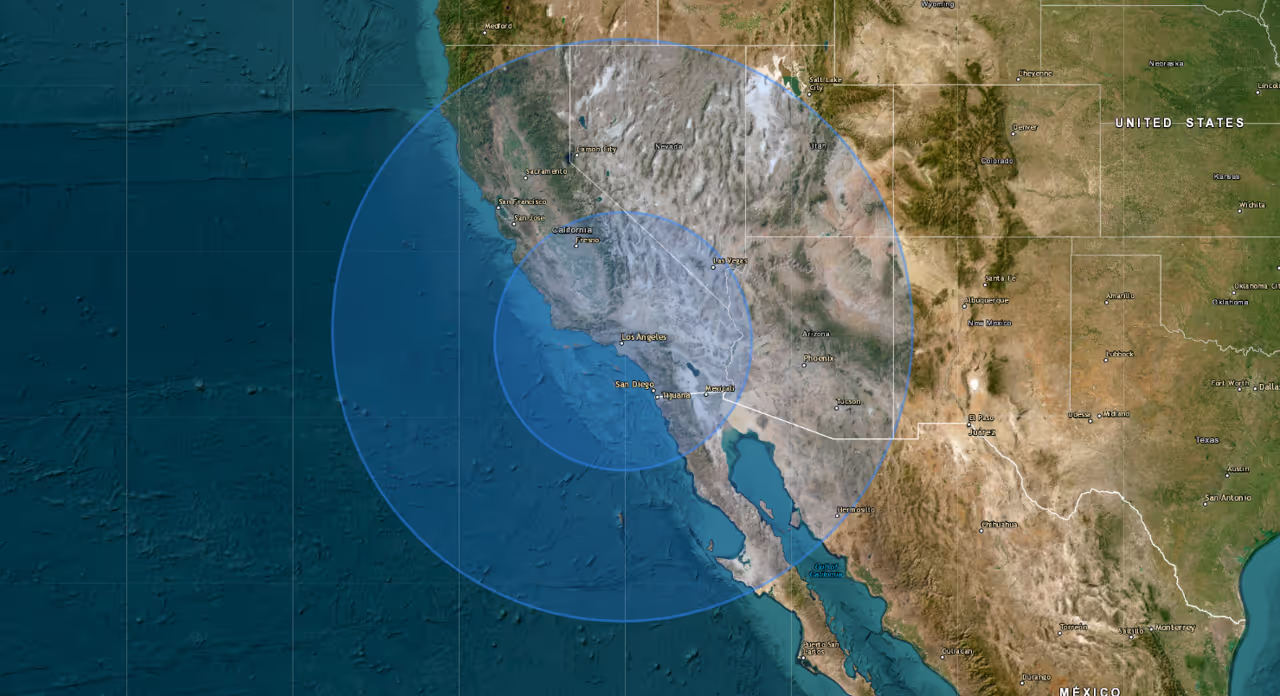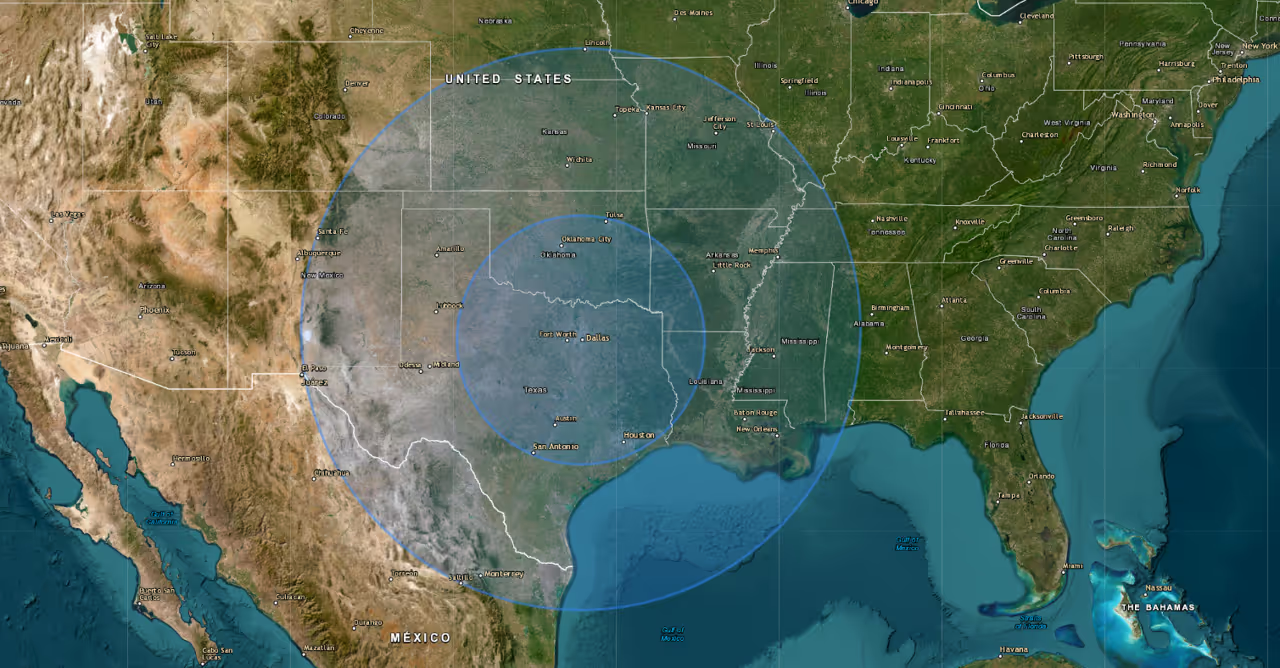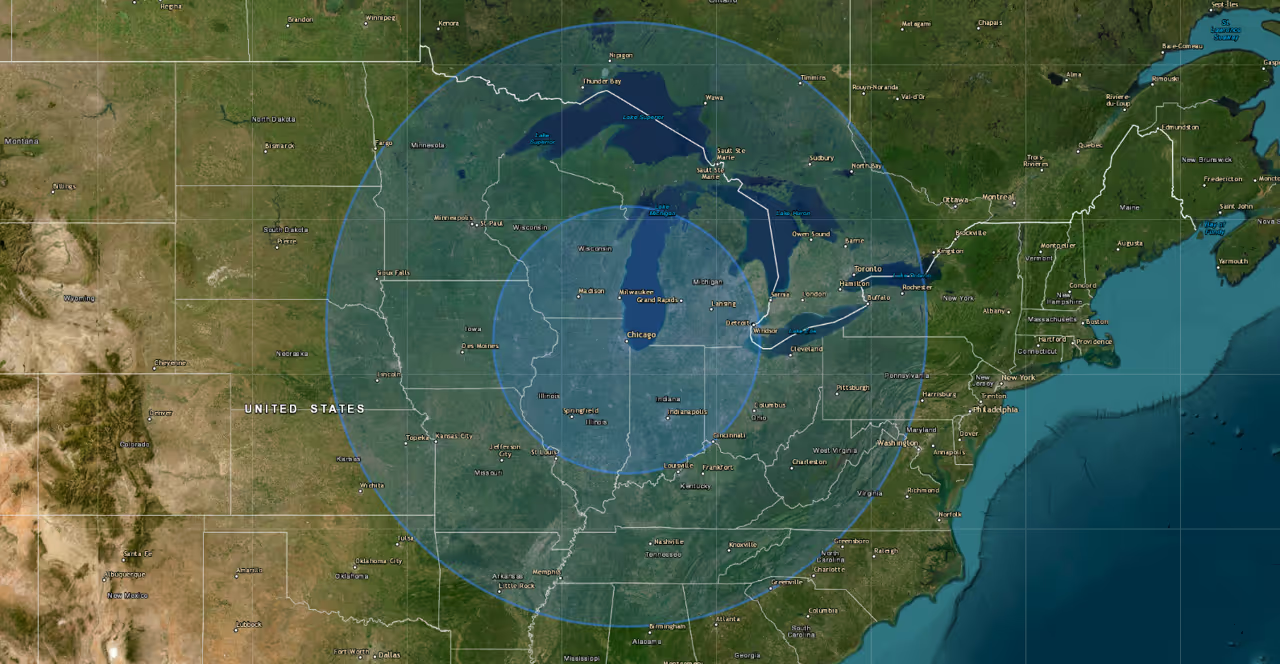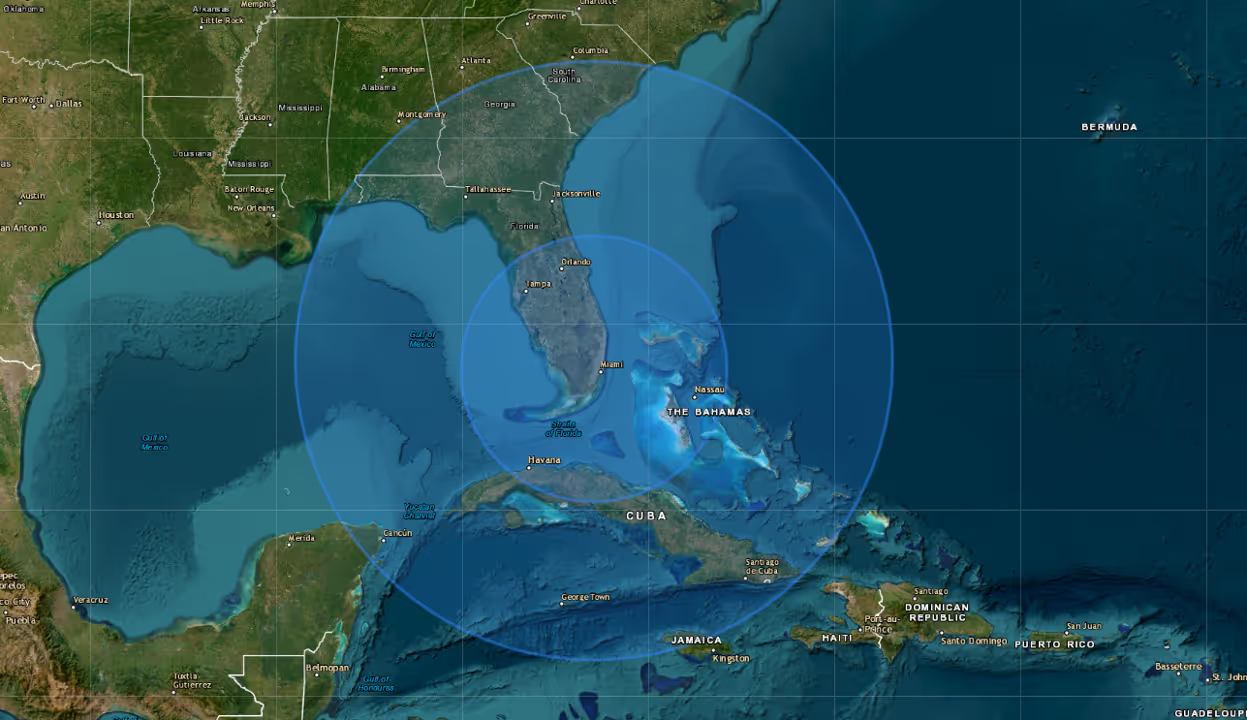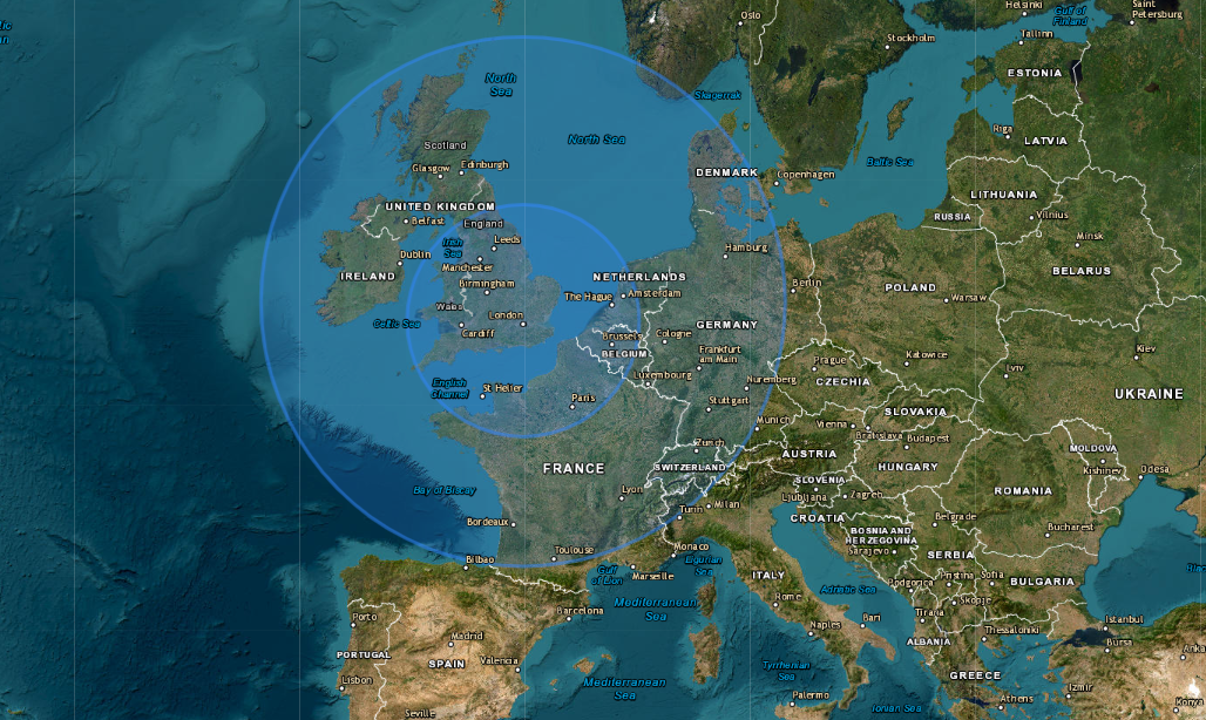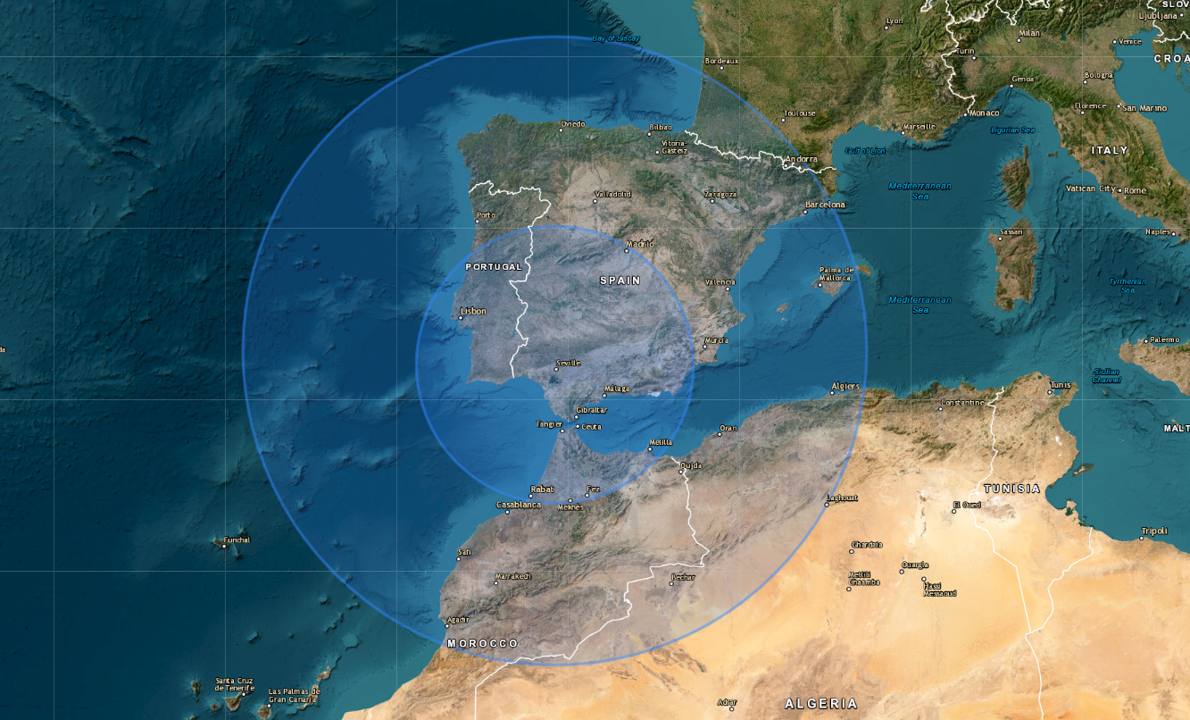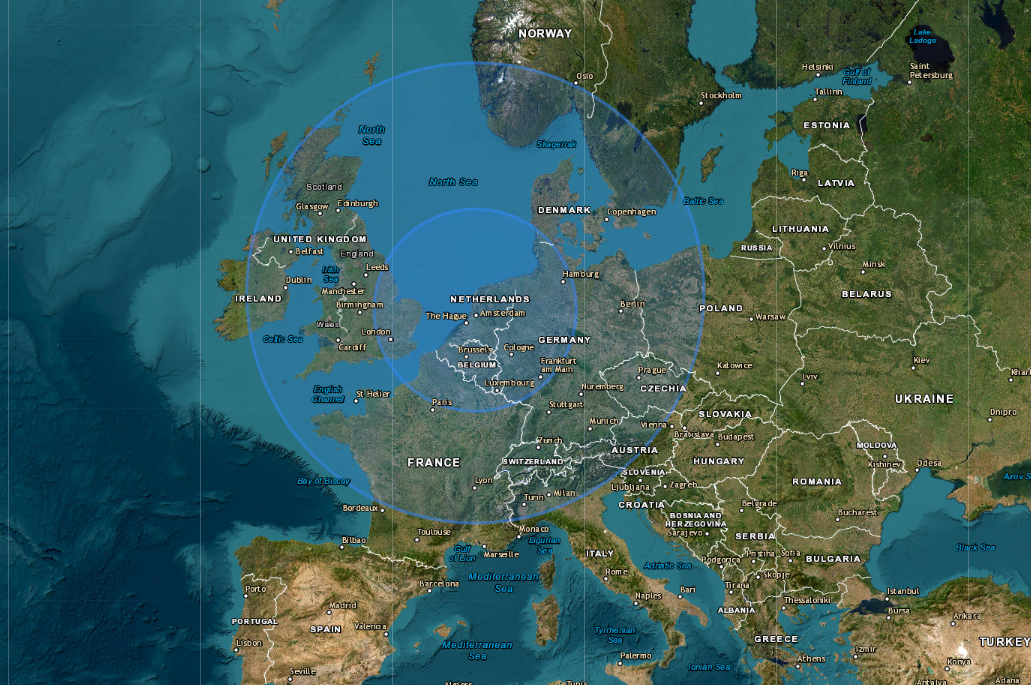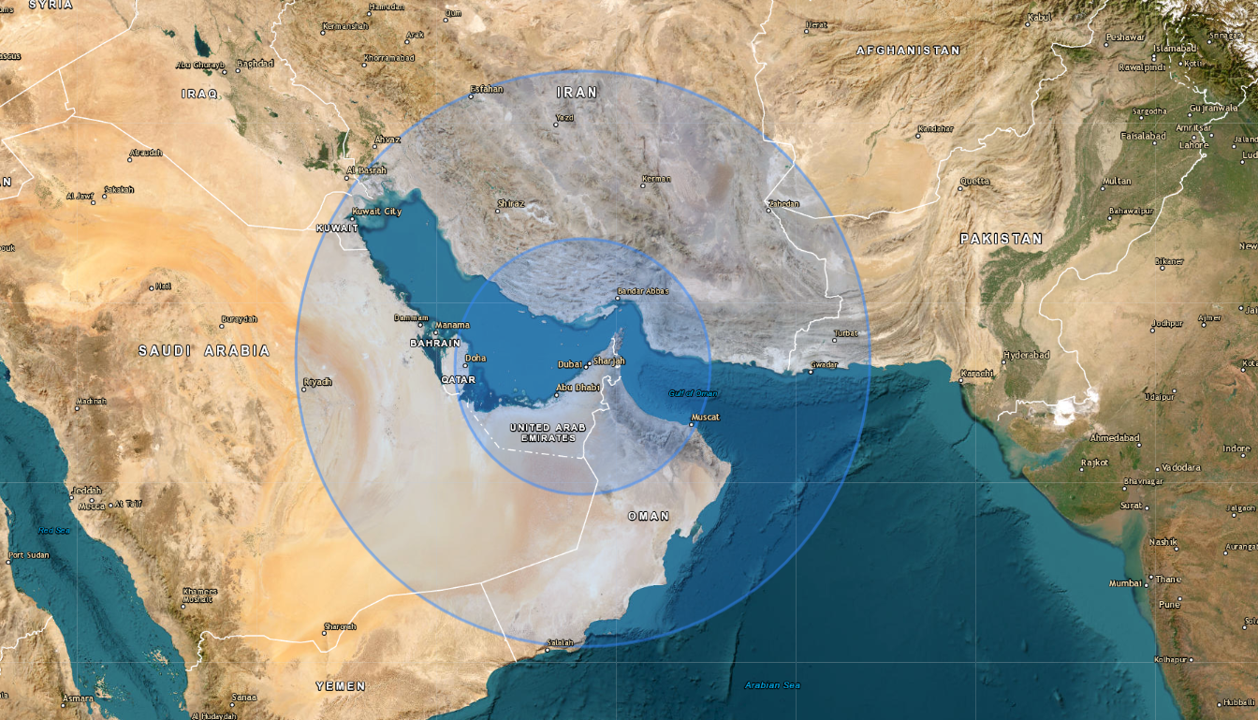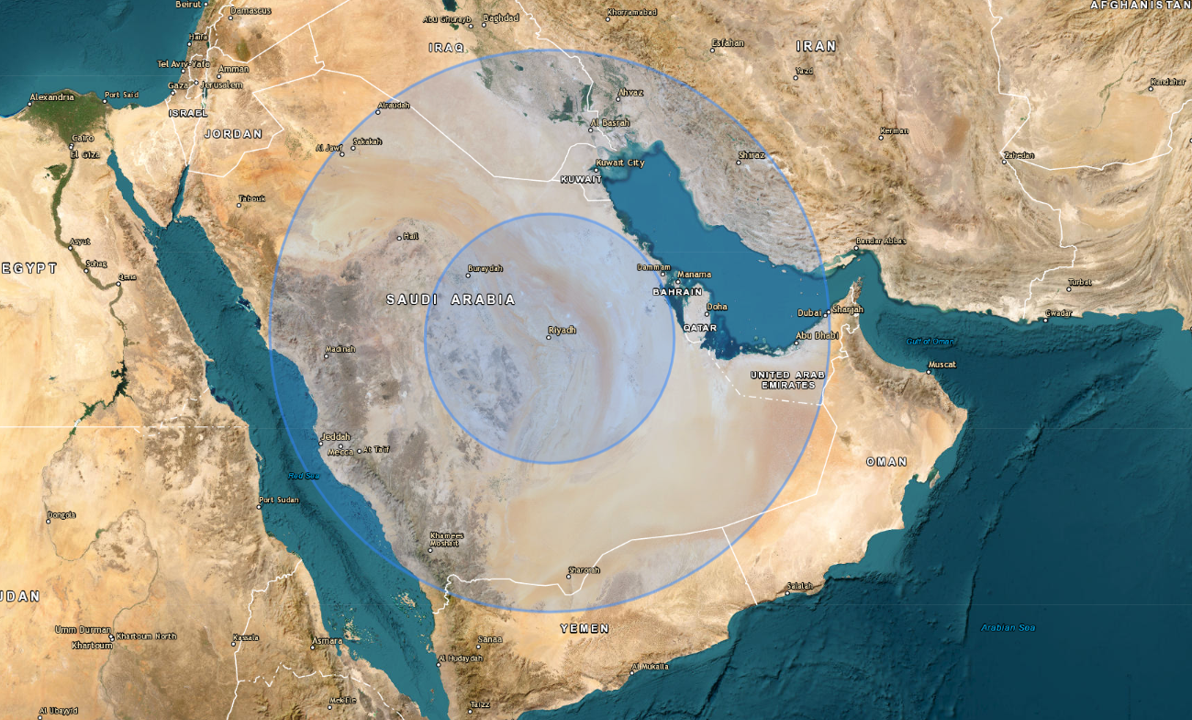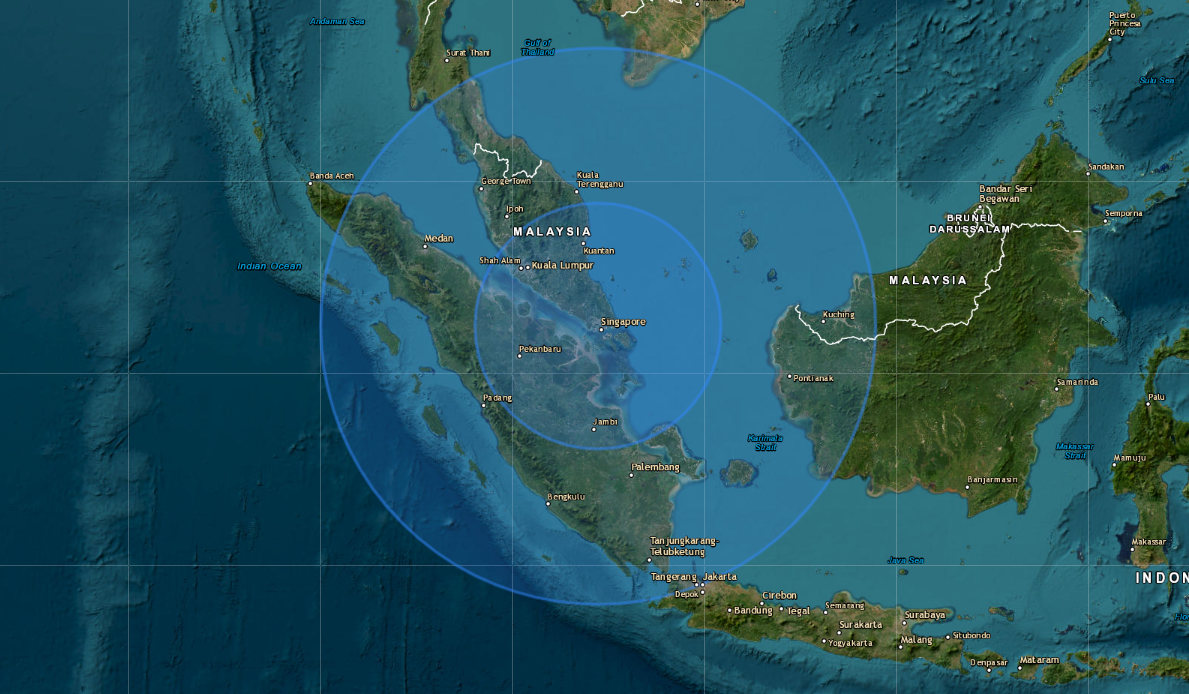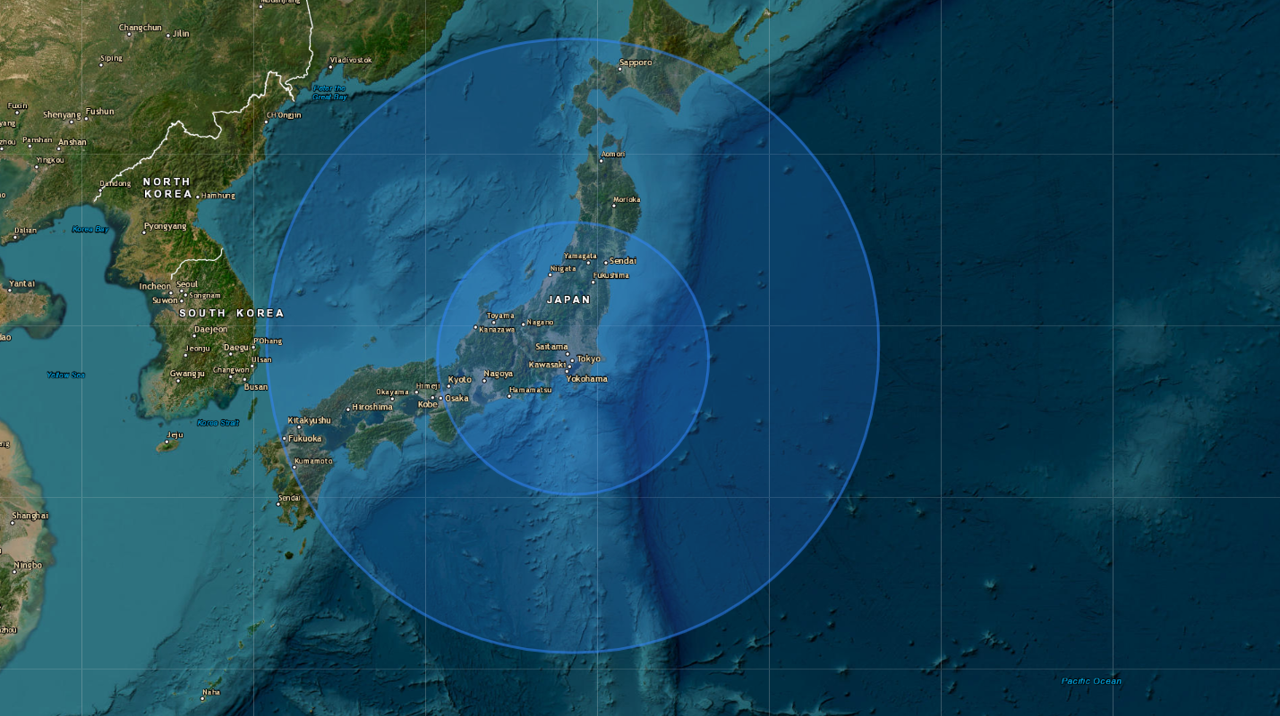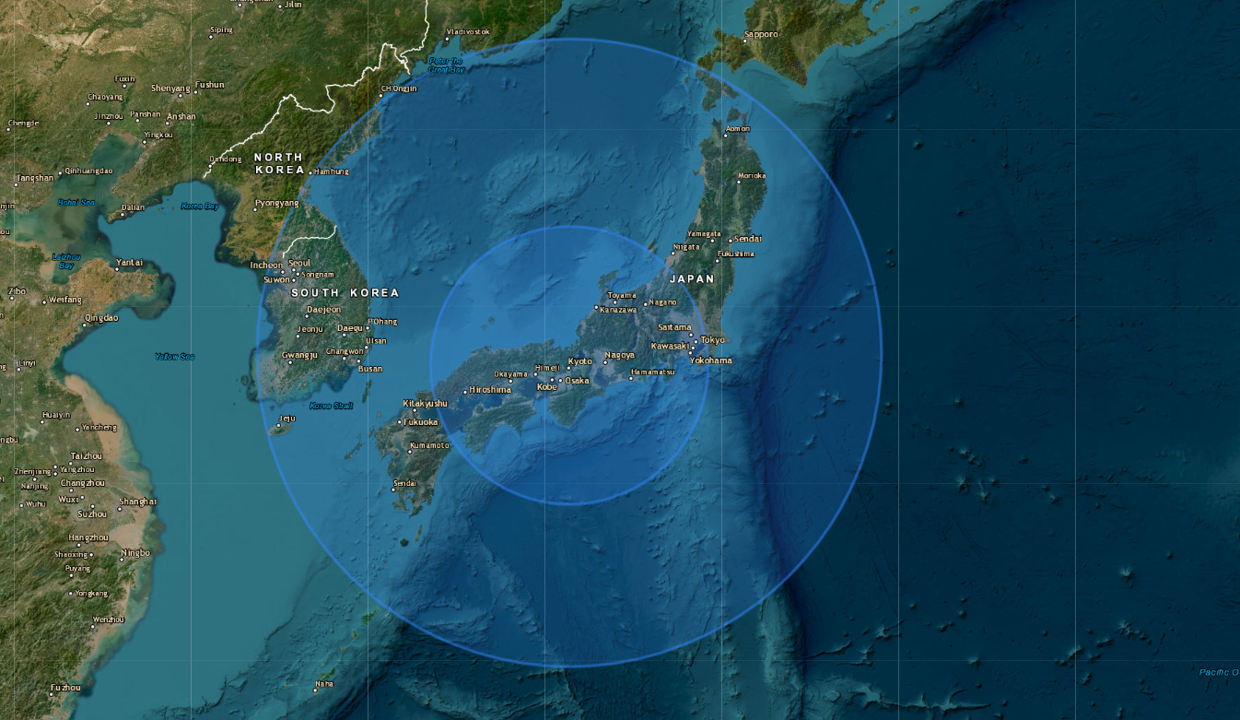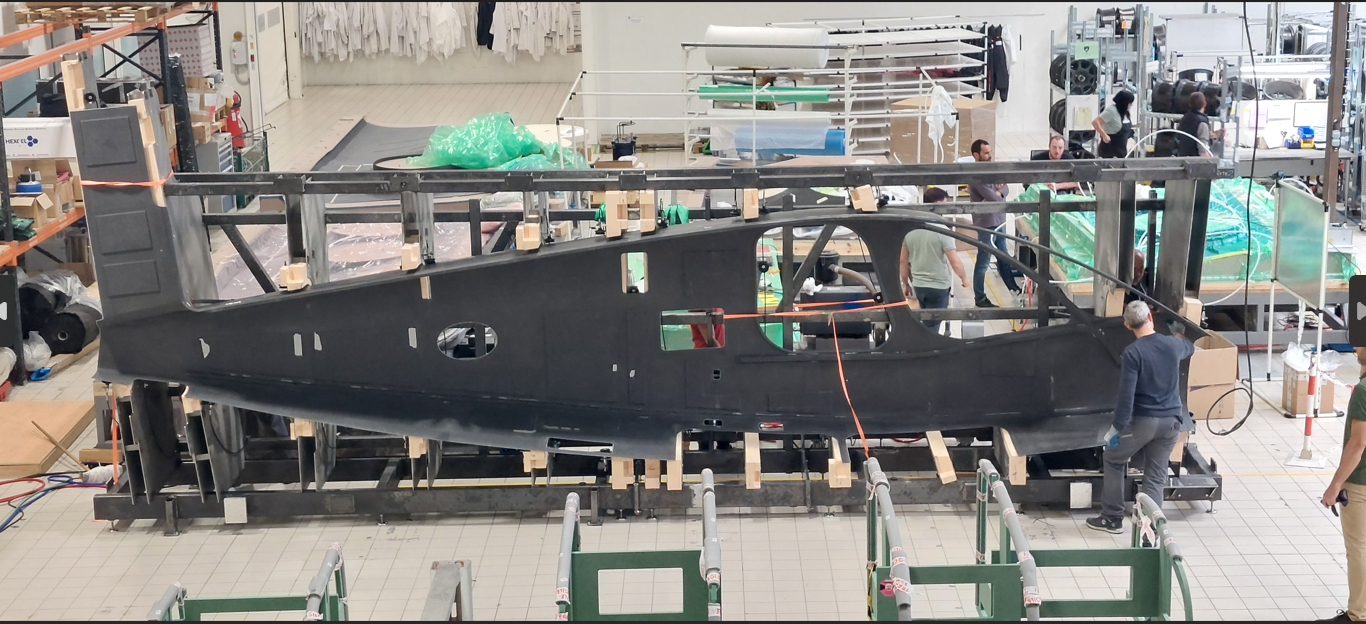Product
ATEA Hybrid Electric VTOL
Innovation
The first aircraft powered by our STERNA Hybrid Pack, for passenger transport, medical, cargo and surveillance missions.
Learn more

(Our offer)
The first aircraft powered by our STERNA Hybrid Pack
ATEA is a VTOL aircraft aiming at being a low noise, low carbon alternative to helicopters, as well as enabling a brand new regional, decentralized and efficient aviation where no other transportation solution is satisfactory

Our aircraft is performant and versatile. You can use it to replace your existing fleet with major savings in fuel consumption, operating costs and CO2 emissions.

Net range
Reserve flight

Net range
Reserve flight

(atea’s range of action)
400 KM
(350 km net range + 30 min Reserve flight)
(number of operator + passengers)
1+4
(how atea can shape the future of aviation)
Surveillance missions, cargo transportation, emergency medical transport, link to remote places and islands...
Aicraft DNA to improve tomorrow
Atea’s airplane aeroshape allows a greater performance in forward flight, reassures passengers and increases the overall safety levels.


(our Expertise)
Hybrid electric pioneers since the start, in 2018.

Built on true aircraft maker heritage

Hybrid Architecture Expertise

Optimized weight, seamless fit
(Our technology)
Hybrid electric propulsion
system
A modular and scalable combination of two sources of energy (fuel + battery).
A hybrid-electric aircraft is using a mix of 2 energy sources: electric batteries, used during Take-Off and Climb, to benefit from instantaneous release of high power and optimized engines that can run on Jet-A1, Sustainable Aviation Fuel or Hydrogen tomorrow, for the low energy demanding flight phases such as the cruise.

Atea uses Sterna, our hybrid-electric propulsion system that combines two different energy sources:
The electric battery is mainly used for short, high-power phases such as take-off and landing.
The fuel can be conventional Jet-A1, sustainable aviation fuel and, later, hydrogen, used for cruise flights.

Atea takes off vertically in electric mode using the 8 rotors that are embedded in the wings.
Once at the appropriate altitude, the front and rear propellers - located respectively in the nose and the Vertical Tail Plane of the aircraft - are turned on to provide the aircraft with horizontal thrust.
Atea does not have any titling rotors to avoid maintenance issues and ease certification.

Atea is a plug-in hybrid-electric vehicle.
It can be recharged either on the ground(to minimize the environmental footprint)
or in the air (to maximize versatility and be capable of operating from landing sites not equipped with a charging station).
Where innovation
takes flight
(Applications)
Fit every customer needs
Hybrid-electric VTOL aircraft to cover your missions applications with regional range and maximum productivity
Economics
Up to -80% fuel burn and -50% direct operating costs vs. helicopter
Productivity
Ability to maintain operational revenues thanks to 15-min turnaround time
Applications
Multi-mission configuration (pax transport, freight/cargo, EMS/Medevac)
Range
Up to 900 km (with 2 pax) and 400 km (with 4 pax)
Silent
Up to -75% noise emissions vs. helicopter + reduction of thermal signature
Infrastructure-agnostic
Ability to use heliports, airports or vertiports thanks to VTOL capability
Sustainable
Up to -80% CO2 emissions vs. helicopter

Hybrid-electric VTOL aircraft to cover your missions applications with regional range and maximum productivity
Economics
Up to -80% fuel burn and -50% direct operating costs vs. helicopter
Productivity
Ability to maintain operational revenues thanks to 15-min turnaround time
Applications
Multi-mission configuration (pax transport, freight/cargo, EMS/Medevac)
Range
Up to 900 km (with 2 pax) and 400 km (with 4 pax)
Silent
Up to -75% noise emissions vs. helicopter + reduction of thermal signature
Infrastructure-agnostic
Ability to use heliports, airports or vertiports thanks to VTOL capability
Sustainable
Up to -80% CO2 emissions vs. helicopter

Hybrid-electric VTOL aircraft to cover your missions applications with regional range and maximum productivity
Economics
Up to -80% fuel burn and -50% direct operating costs vs. helicopter
Productivity
Ability to maintain operational revenues thanks to 15-min turnaround time
Applications
Multi-mission configuration (pax transport, freight/cargo, EMS/Medevac)
Range
Up to 900 km (with 2 pax) and 400 km (with 4 pax)
Silent
Up to -75% noise emissions vs. helicopter + reduction of thermal signature
Infrastructure-agnostic
Ability to use heliports, airports or vertiports thanks to VTOL capability
Sustainable
Up to -80% CO2 emissions vs. helicopter

Hybrid-electric VTOL aircraft to cover your missions applications with regional range and maximum productivity
Economics
Up to -80% fuel burn and -50% direct operating costs vs. helicopter
Productivity
Ability to maintain operational revenues thanks to 15-min turnaround time
Applications
Multi-mission configuration (pax transport, freight/cargo, EMS/Medevac)
Range
Up to 900 km (with 2 pax) and 400 km (with 4 pax)
Silent
Up to -75% noise emissions vs. helicopter + reduction of thermal signature
Infrastructure-agnostic
Ability to use heliports, airports or vertiports thanks to VTOL capability
Sustainable
Up to -80% CO2 emissions vs. helicopter
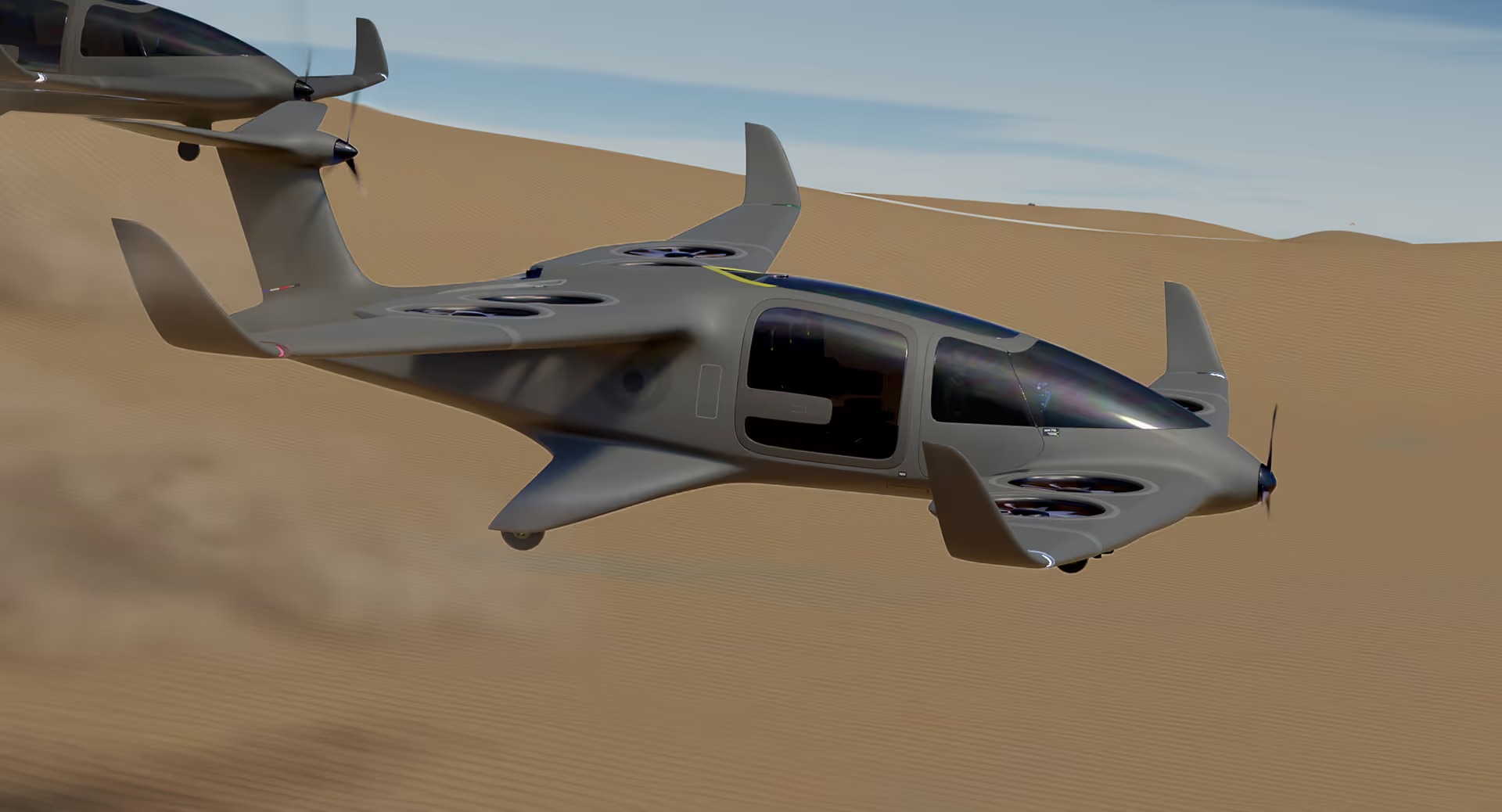
(Range circles)
Expanding Your Horizon
Outer range circle: with 1 pilot and 2 pax
(our clients)
They chose our products
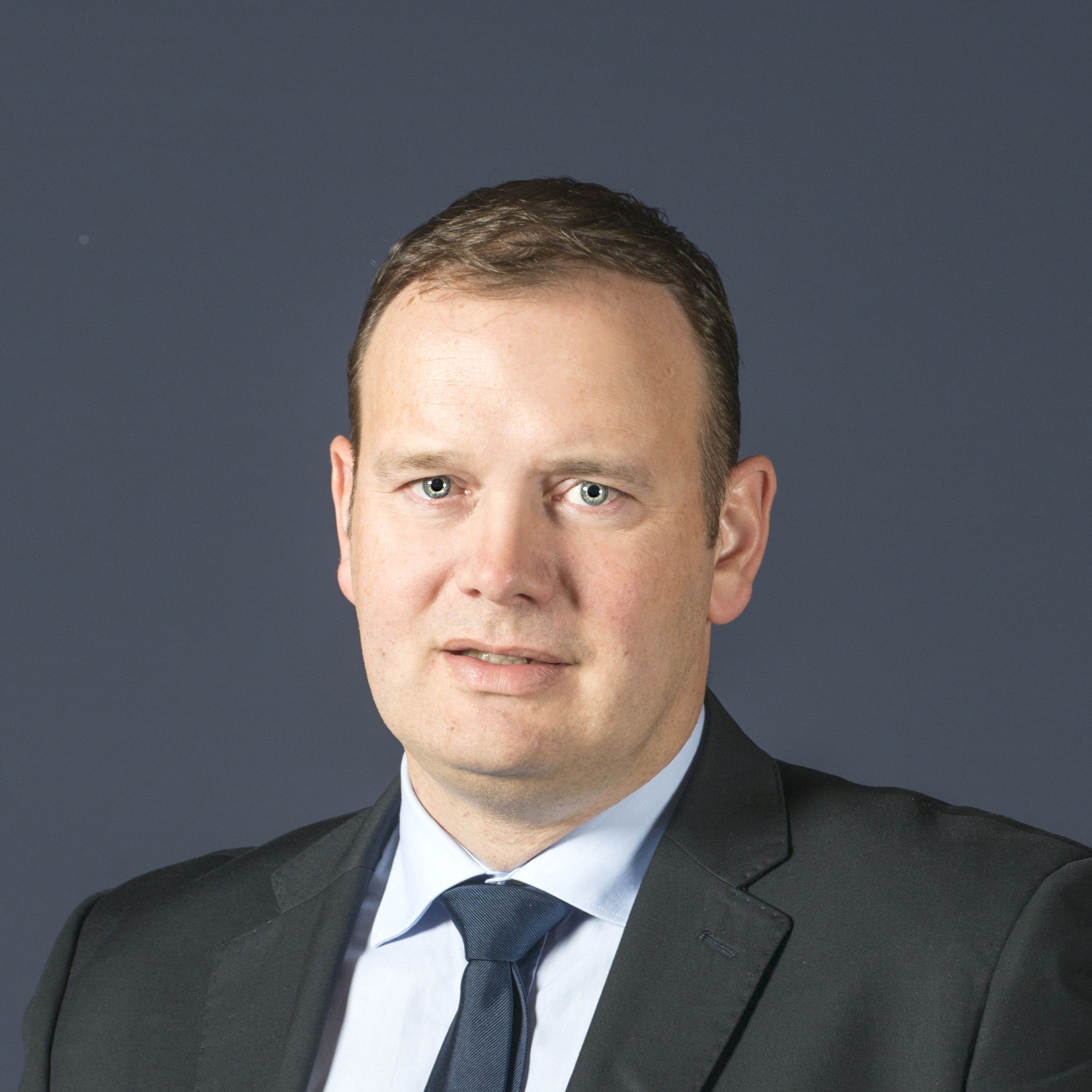
"Sigma Air Mobility is a pure player in the nascent Regional Air Mobility industry. To develop networks of regional routes, we are looking for new kinds of aircraft capable of reducing noise, CO2 emissions and cost. ATEA unique range and flexibility combined with VTOL capability, low noise signature and low carbon emissions make ATEA a perfect enabler to the development of our business on the Regional Air Mobility market."
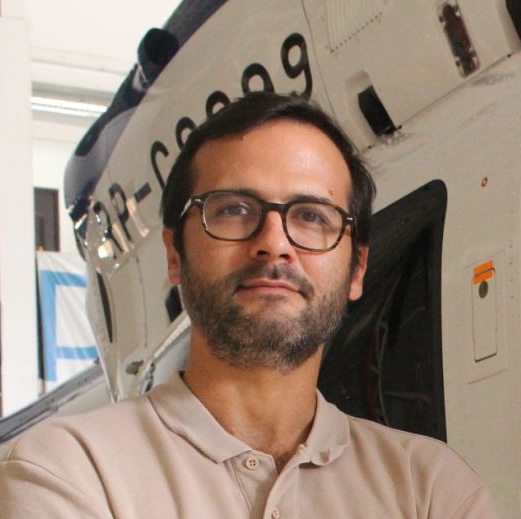
"As a leading helicopter operator in Southeast Asia and the Philippines we are looking for a machine with high performance capable of performing the missions we are currently flying with our helicopters. Thanks to its hybrid-electric propulsion system, ATEA is a one-of-a-kind VTOL that allow to keep our operations as is while slashing cost, noise and CO2 emissions. Thanks to ATEA we will also be able to open up new routes between Philippines islands to answer the growing demand for sustainable air transportation in the country."







































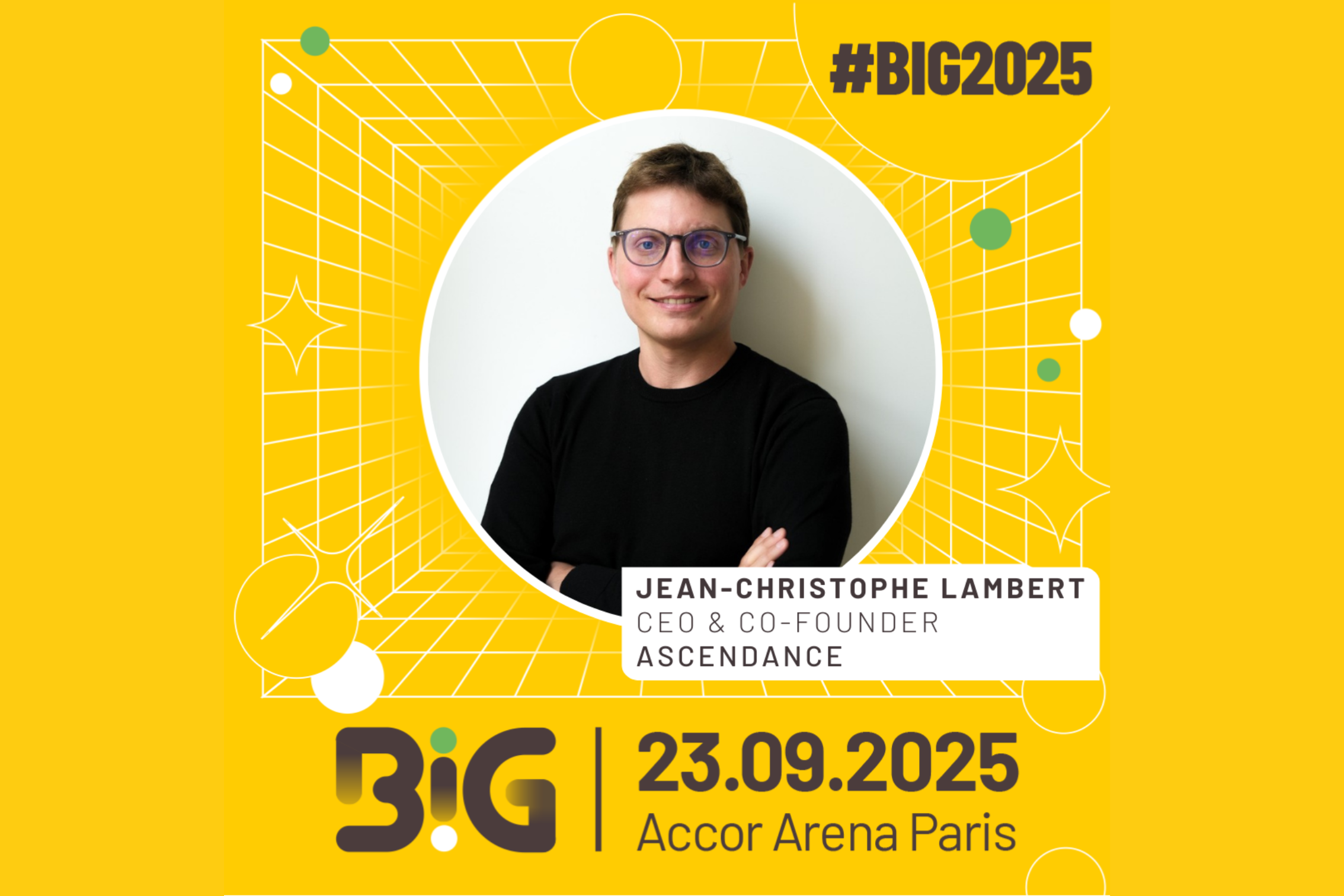
Events
A BIG day at BPI France's BIG 2025
From stage to roundtable to tv set, our CEO Jean-Christophe Lambert carried Ascendance’s vision of sustainable aviation throughout the BIG 2025
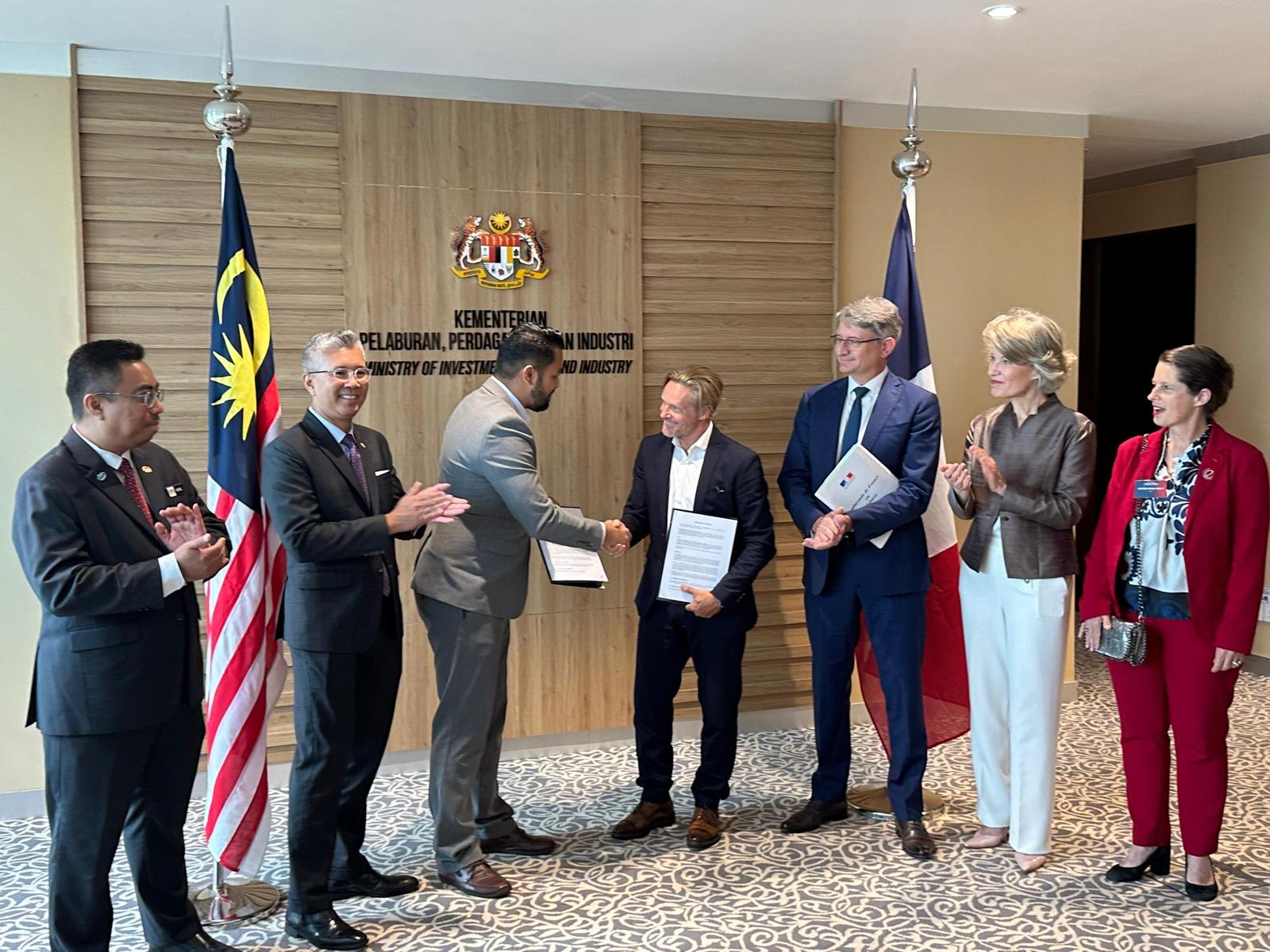
Company
Ascendance expands its footprint in Asia
Ascendance signed MoUs with Pen Aviation and Pahang Aerospace City, opening new opportunities for hybrid-electric aviation in Southeast Asia.

Team
From Muret to the Skies: Clément Ader’s Lasting Legacy
100 years after his passing, Clément Ader’s pioneering spirit continues to inspire new generations and the future of aviation.
You have some questions?
We have answers
We are hybrid-electric, not full-electric, meaning we have a better range (up to 400 km with full payload, and more than 800 km with 1pilot + 2 passengers). We don’t need to recharge the battery between each flight, thanks to our in-flight charging capability, thus resulting in a 15 min turnaround time to maximize the productivity of your operations throughout the day.
Passenger transportation (both in sightseeing / economy or business / executive configurations), cargo / logistics, medical emergency services and surveillance.
We can operate ATEA on already existing infrastructure: both airports and heliports, thanks to our double VTOL and CTOL capabilities. Plus, our in-flight charging capability does not require heavy infrastructure projects or large ground charging stations.
We target the certification of ATEA in 2029, and subsequent entry into service. We have already flown several subscale prototypes, and target to have the first manned flight of our lifesize, 1:1 prototype in 2026 (currently under final assembly).
